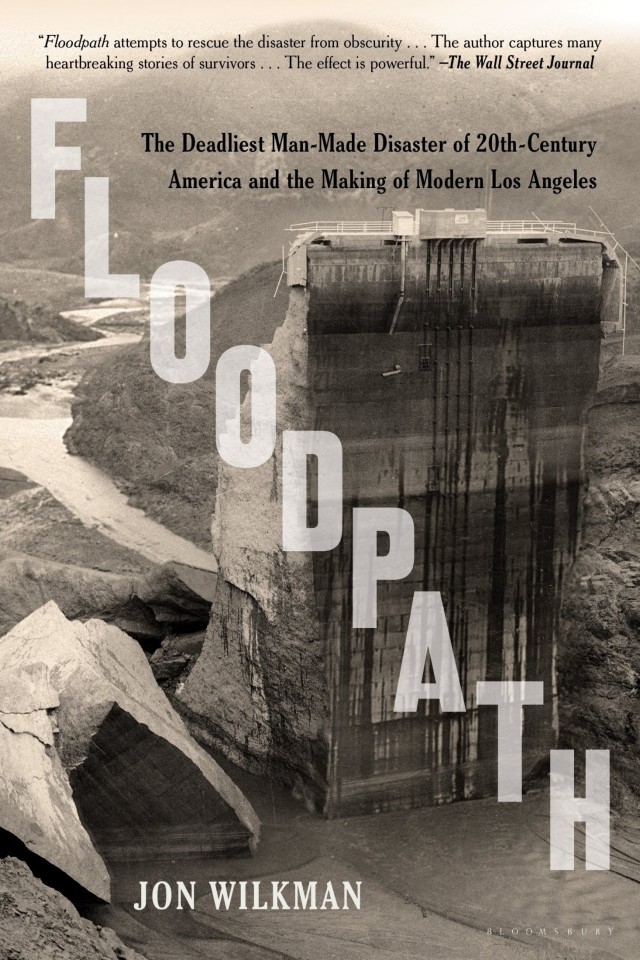

Most ebook files are in PDF format, so you can easily read them using various software such as Foxit Reader or directly on the Google Chrome browser.
Some ebook files are released by publishers in other formats such as .awz, .mobi, .epub, .fb2, etc. You may need to install specific software to read these formats on mobile/PC, such as Calibre.
Please read the tutorial at this link: https://ebookbell.com/faq
We offer FREE conversion to the popular formats you request; however, this may take some time. Therefore, right after payment, please email us, and we will try to provide the service as quickly as possible.
For some exceptional file formats or broken links (if any), please refrain from opening any disputes. Instead, email us first, and we will try to assist within a maximum of 6 hours.
EbookBell Team

4.0
46 reviewsFloodpath attempts to rescue the disaster from obscurity . . . The author captures many heartbreaking stories of survivors . . . The effect is powerful. -- The Wall Street Journal
Just before midnight on March 12, 1928, the St. Francis Dam, a twenty-story-high concrete structure just fifty miles north of Los Angeles, suddenly collapsed, releasing a devastating flood that roared fifty-four miles to the Pacific Ocean, destroying everything in its path. It was a horrific catastrophe, yet one which today is virtually forgotten.
With research gathered over more than two decades, award-winning writer and filmmaker Jon Wilkman revisits the deluge that claimed nearly five hundred lives. A key figure is William Mulholland, the self-taught engineer who created an unprecedented water system, allowing Los Angeles to become America's second largest city, and who was also responsible for the design and construction of the St. Francis Dam.
Driven by eyewitness accounts and combining urban history with a life-and-death drama and a technological detective story, Floodpath grippingly reanimates the reality behind L.A. noir fictions like the classic film Chinatown. In an era of climate change, increasing demand on water resources, and a neglected American infrastructure, the tragedy of the St. Francis Dam has never been more relevant.